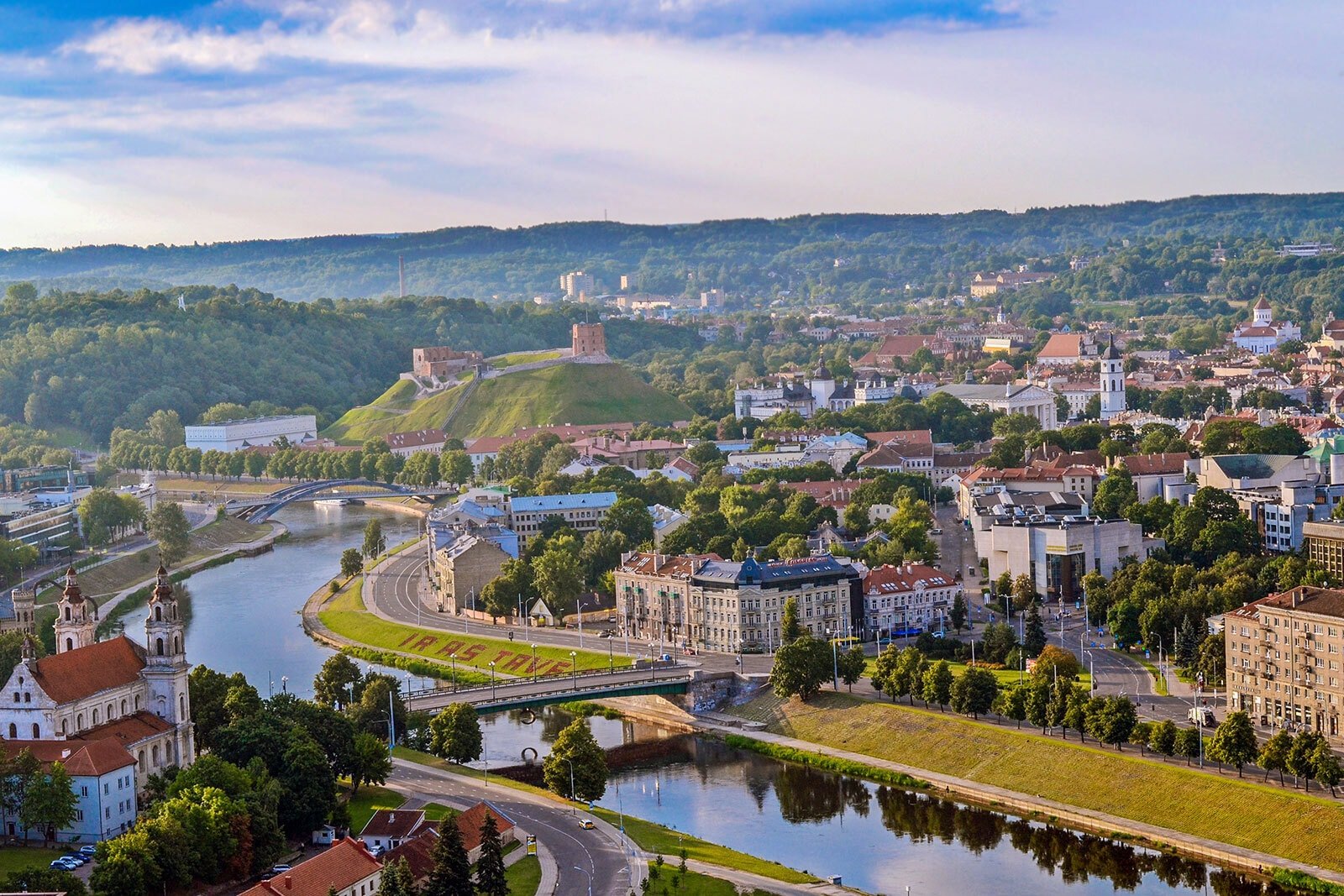
The Green Wave initiative has seen Vilnius plant more than 68,000 trees and shrubs, with 94% of residents living within 300 metres of a park or natural space. The city's nature reserves have also doubled in the past decade.
Regarding green transport, Vilnius implemented the SUMP 2030 Sustainable Urban Mobility Plan, built more than 100 km of new bicycle paths since 2016 and aims to switch to electric and hydrogen buses by 2026.
In addition, thanks to the biomass power plant, from 2024, 83% of Vilnius's residential heating system will use renewable energy – with the goal of reaching 100% by 2030.
With the title of Green Capital, Vilnius is becoming an ideal destination for tourists who love sustainable tourism, with rail connections from Warsaw, Riga and Tallinn, a system of restaurants prioritizing organic food, eco-friendly hotels and a 100 km long network of walking trails covering more than 61% of the city area.
Vilnius aims to be carbon neutral by 2030 and completely fossil fuel-free by 2050. The city will closely monitor air quality, biodiversity indicators and green space expansion.
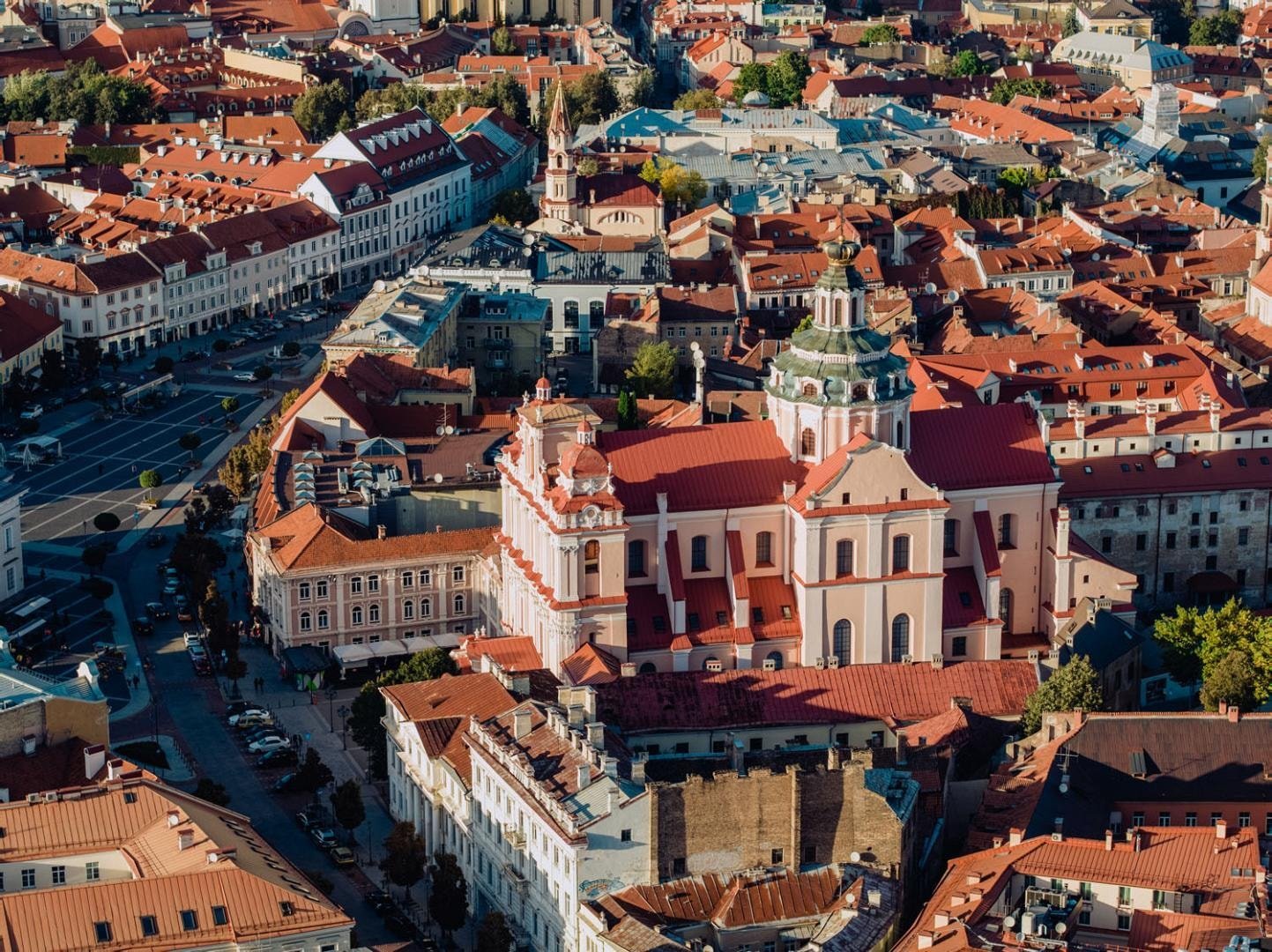
In parallel, Vilnius is also redeveloping old industrial zones into sustainable communities, investing heavily in renewable energy such as solar power, biogas and improving energy efficiency, while actively engaging citizens in environmental policy decisions.
Vilnius is one of the oldest cities in the Baltic region with a population of approximately 569,700. Distinguished by its harmonious combination of rich historical heritage and modern lifestyle, the city thrives in the fields of information technology, financial services, education and sustainable tourism.
Vilnius is famous for its Old Town – one of the largest and most beautiful old towns in Europe, recognized by UNESCO as a world heritage site. Other notable landmarks include Gediminas Castle, Vilnius Cathedral, the Gate of Dawn and the free art district Užupis – which is considered an “artists’ republic” in the heart of the capital.
Green spaces such as Vingis Park or the forests surrounding the city also contribute to the image of Vilnius – a modern city but close to nature.
TB (summary)Source: https://baohaiduong.vn/thu-do-xanh-cua-chau-au-noi-94-dan-so-song-cach-cong-vien-chua-den-300-m-408754.html


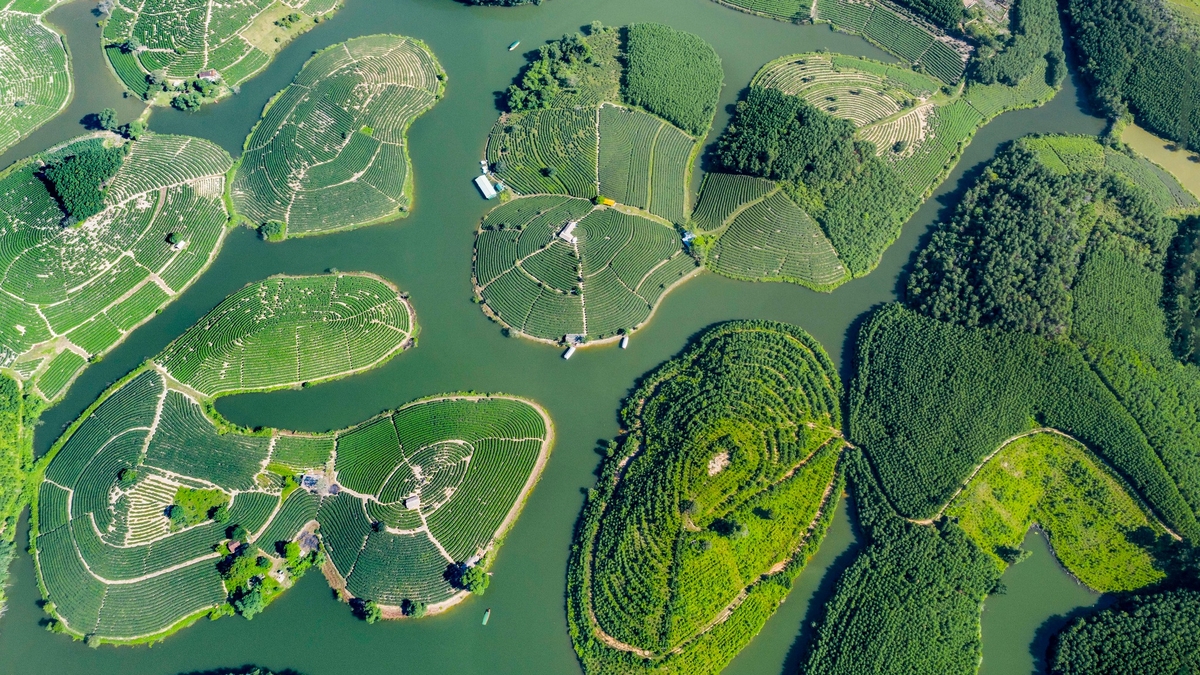
![[Photo] Vietnam and Sri Lanka sign cooperation agreements in many important fields](https://vphoto.vietnam.vn/thumb/1200x675/vietnam/resource/IMAGE/2025/5/5/9d5c9d2cb45e413c91a4b4067947b8c8)
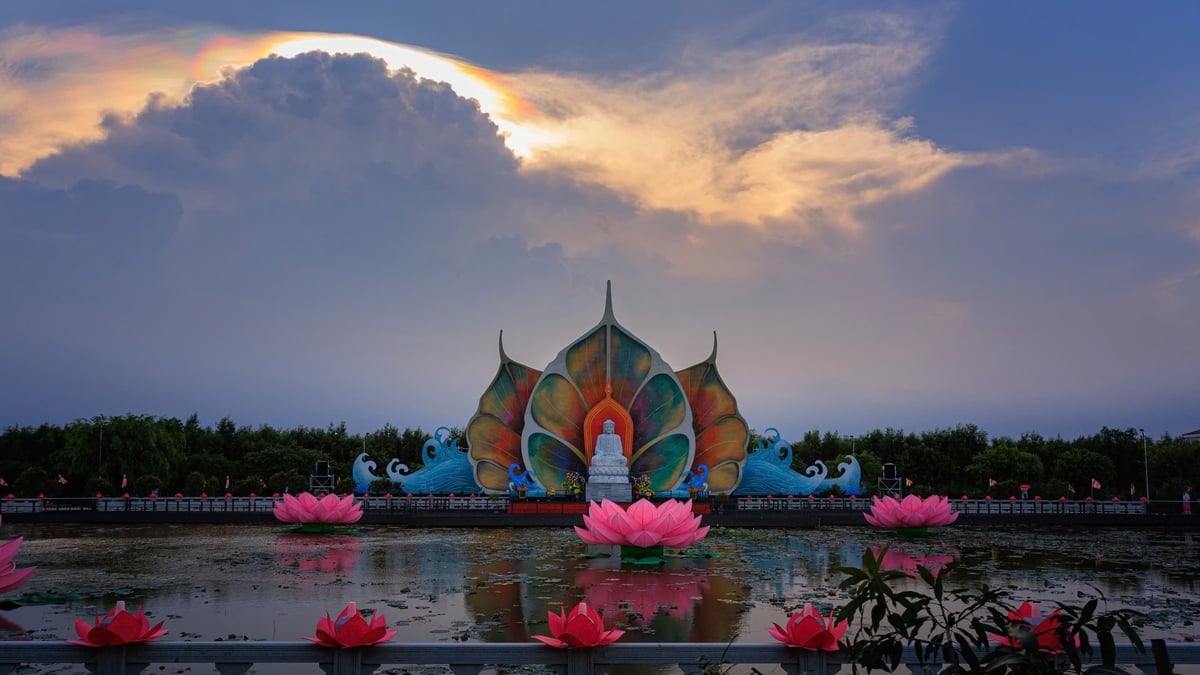




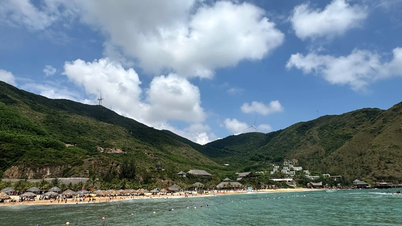
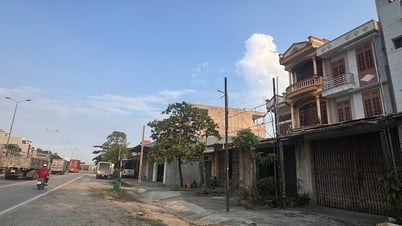




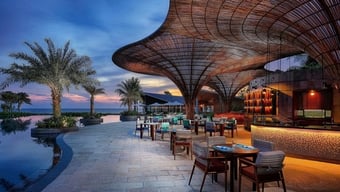









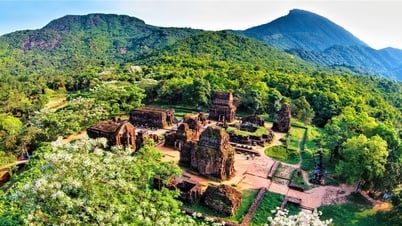

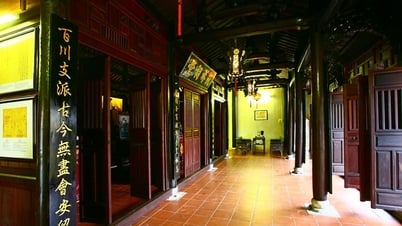







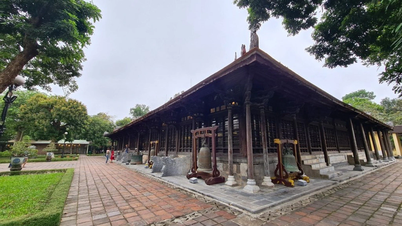





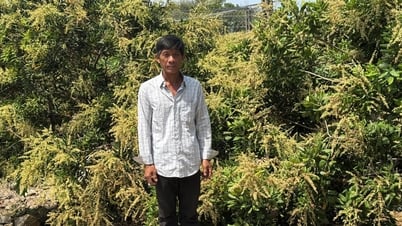












































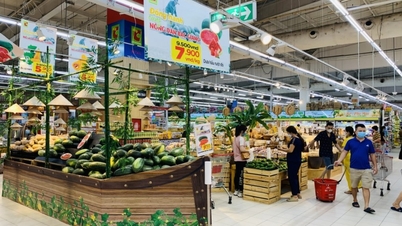





Comment (0)